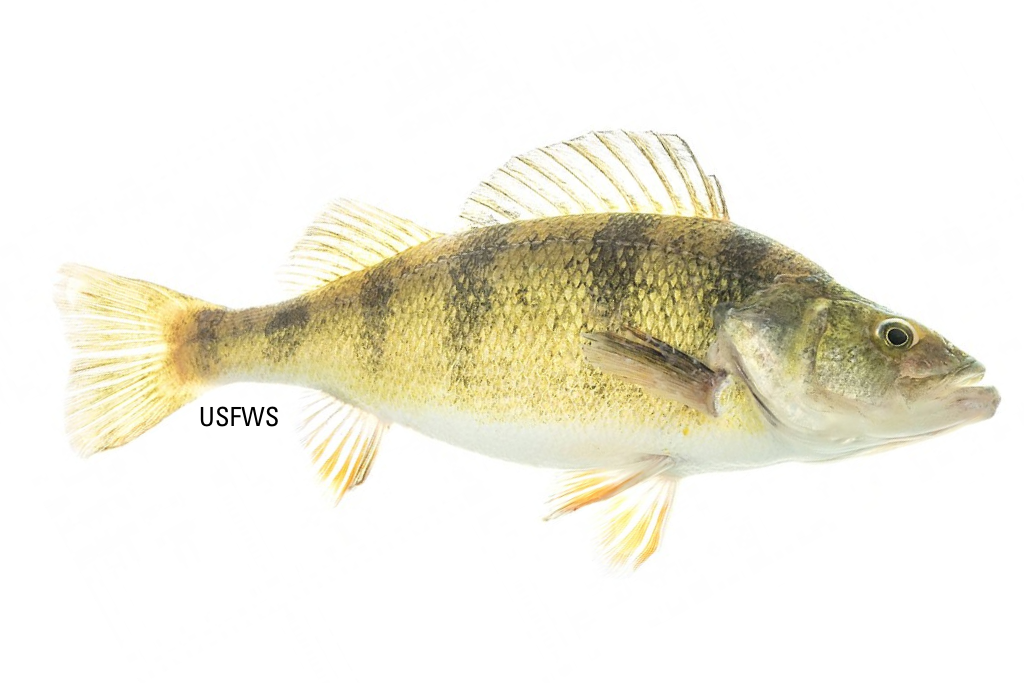Biology and History
Yellow perch travel in large schools as they feed during the day. This behavior makes commercial catches possible. They also tend to move nearshore in the spring, making them a favorite catch of shore anglers. Through much of the 20th century, families lined the shore of Lake Michigan in the spring to fish for yellow perch. Because they were easily caught from shore, some refer to them as “the people’s fish.”
Yellow perch tolerate low oxygen levels. They were able to move into areas of the Great Lakes that developed poor water quality during the American Industrial Revolution. For example, by 1885, yellow perch were common in southern Lake Michigan and Green Bay where once lake whitefish, lake trout and lake sturgeon made up the largest part of commercial catches. Their abundance and mild taste made yellow perch a mainstay of the traditional Friday night fish fry enjoyed by many Wisconsin families at taverns and churches.
The number of Lake Michigan yellow perch has fluctuated dramatically since the 1970’s. The population in the southern basin of the lake increased in the 1980s, inspiring renewed sport and commercial efforts. Then the population plummeted, leading Wisconsin to close its commercial yellow perch fishery on the open waters of Lake Michigan in 1996. The Green Bay yellow perch fishery remained open and continues to yield about 100,000 pounds of fish each year.
In the Marketplace
Wisconsin commercial fishers are only allowed to fish for yellow perch in the waters of Green Bay (Lake Michigan) and most of this catch is sold to local restaurants. Wild Great Lakes yellow perch sold in grocery stores are usually caught in Lake Erie by Canadian fishermen using gill nets.
Wisconsin fish farmers raise yellow perch in outdoor ponds and indoor recirculating systems. Some farms use yellow perch in aquaponic systems.


